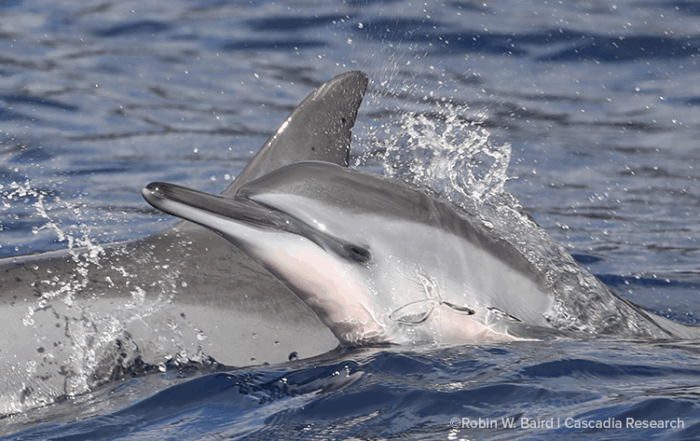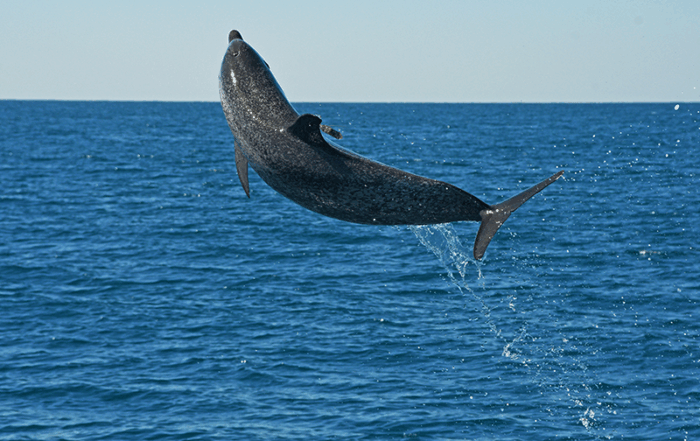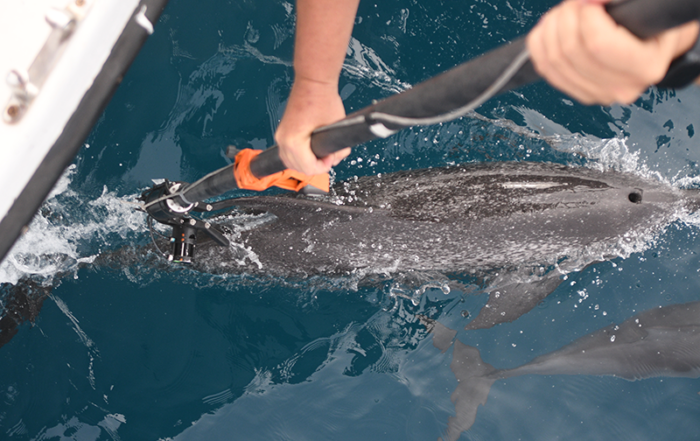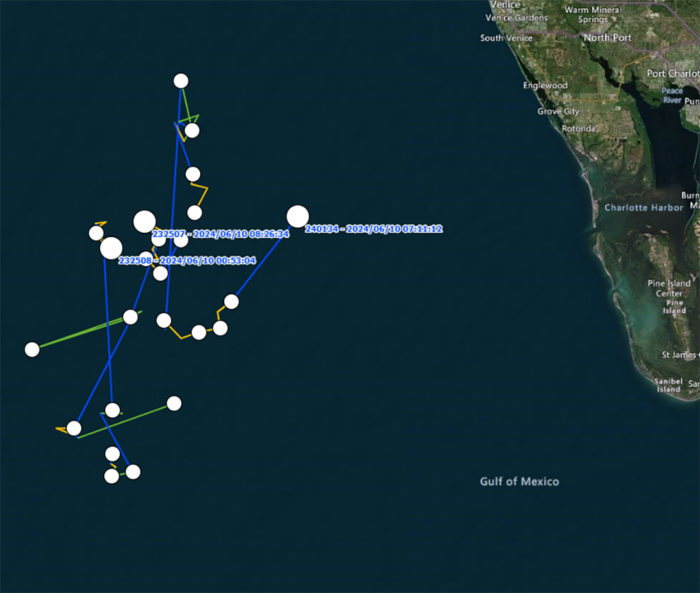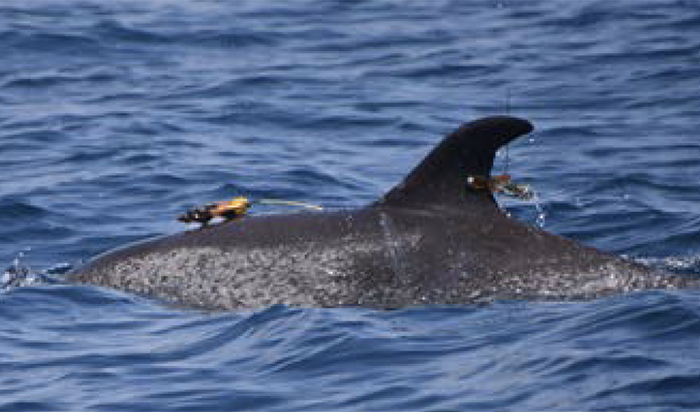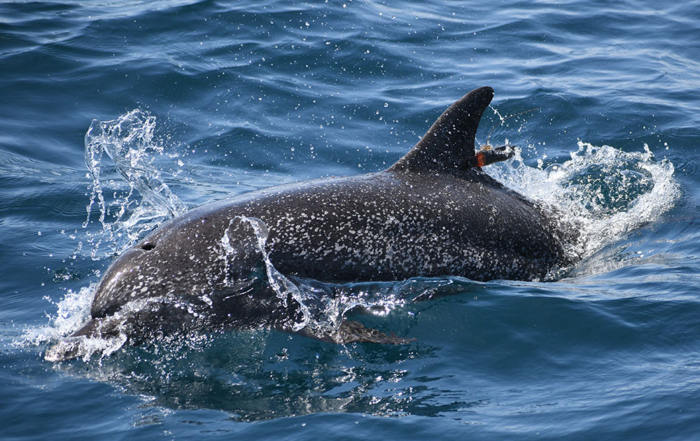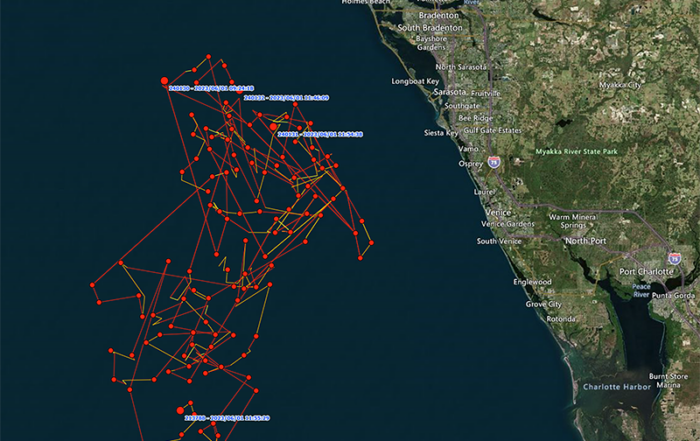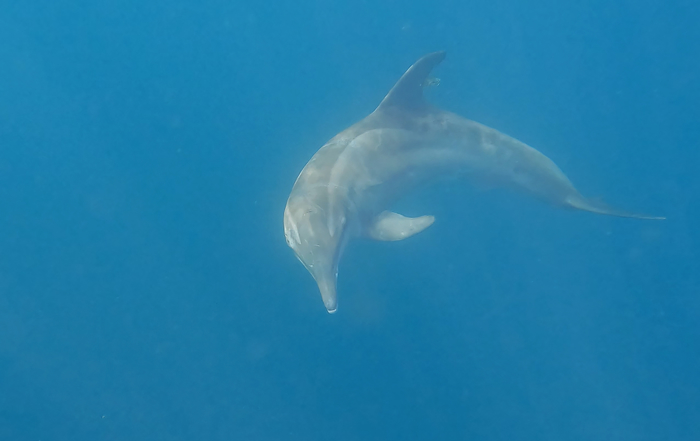Studying Offshore Dolphins in the Gulf of Mexico

SDRP conducts the world’s longest-running study of a wild dolphin population and has been studying bottlenose dolphins in the inshore and coastal Gulf waters since 1970, including periodically performing health assessments on dolphins in shallow inshore waters. On June 1, 2022, the SDRP led the first-ever health assessment of an offshore dolphin in the Gulf of Mexico.
The collaborative effort, led by SDRP Director Dr. Randall Wells, involved biologists and veterinarians from six nonprofit organizations and universities and was supported through a Florida RESTORE Act Centers of Excellence grant, through the Florida Institute of Oceanography (FIO). The goal of this project is to study the health and ranging patterns of Atlantic spotted dolphins and bottlenose dolphins using Gulf shelf waters up to about 50 miles from shore to address important gaps in our knowledge of dolphins there that were identified during investigation of the catastrophic 2010 Deepwater Horizon oil spill.
Specifically, we’re seeking to provide requisite information for species conservation and management and the project is addressing critical information gaps for the two species of cetaceans that regularly inhabit Florida’s Gulf coastal and shelf waters. Objectives include:
- Improving understanding of dolphin stock structure and habitat use through tagging, tracking, and genetic sampling.
- Establishing baseline data on environmental contaminant concentrations in dolphin tissues.
- Obtaining baseline dolphin health data.
- Evaluating potential relationships between lung disease and respiration and diving patterns.
- Investigating feeding patterns through stable isotope and fatty acid analyses.
- Maintaining and expanding the long-term Gulf of Mexico Dolphin Identification System (GoMDIS). www.sarasotadolphin.org/gomdis
On June 1, 2022, the team — which included the National Marine Mammal Foundation, the University of Florida, Syracuse University, Mote Marine Laboratory, the Chicago Zoological Society, and Fundacion Oceanografic — briefly caught an adult female Atlantic spotted dolphin, gave her a veterinary examination, took biological samples and measurements, then tagged and released her about 27 miles offshore of Sarasota, Florida, over the West Florida Shelf. Since then, we have tagged a total of 15 offshore dolphins in this pioneering study that is defining ranging patterns for these animals for the first time.
Read the stories below to learn more about offshore dolphin research
Spinner Dolphin Studies
TADpole Breaks New Ground in Spinner Dolphin Studies During field work in O'ahu, Hawaii in earlier this summer (2025), SDRP collaborated with Robin Baird of Cascadia Research Collective to deploy satellite-linked tags
TADpoles and Dolphins
What do TADpoles have to do with dolphins? Development of a remote Tag Attachment Device The Sarasota Dolphin Research Program has acted as a testbed for the development of many
Two Offshore Dolphins Tagged
Dolphins Tagged Off the West Florida Shelf We were able to sneak in a day of offshore field work between fronts the week of Dec. 18, 2024. We tagged two Atlantic spotted
Offshore Research Update
June 2024 Offshore Dolphin Research Update Since 2022, we’ve been conducting health assessments of offshore dolphins to gather data needed to address critical information gaps for the little-known species that regularly inhabit west
Understanding Offshore Dolphin Behavior
High-resolution data-loggers reveal fine-scale movement and foraging behavior of offshore dolphins “Bill,” an Atlantic spotted dolphin, with a satellite-linked tag on his dorsal fin and DTAG on his back upon release in September
Notes from the Lab and Field
This Atlantic spotted dolphin nicknamed Hannah was tagged 45 miles offshore of Sarasota using a new tool we developed. New Tagging Technique Developed in Sarasota Could Impact Dolphins Worldwide If you’ve
Offshore Dolphin Health Assessment
On May 17-18, 2023, we tagged and collected biological samples from two bottlenose and two Atlantic spotted dolphins 25-38 miles offshore of Sarasota during the third of four planned offshore health assessment and
Tracking Offshore Dolphins During Hurricane Ian
We’ve got some exciting news to share about our ongoing efforts to conduct health assessments of offshore dolphins: In September, we were able to conduct assessments and tag four dolphins over the West Florida


